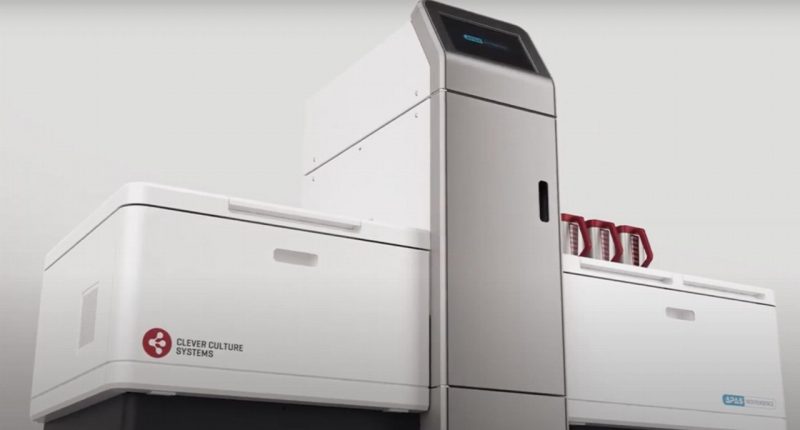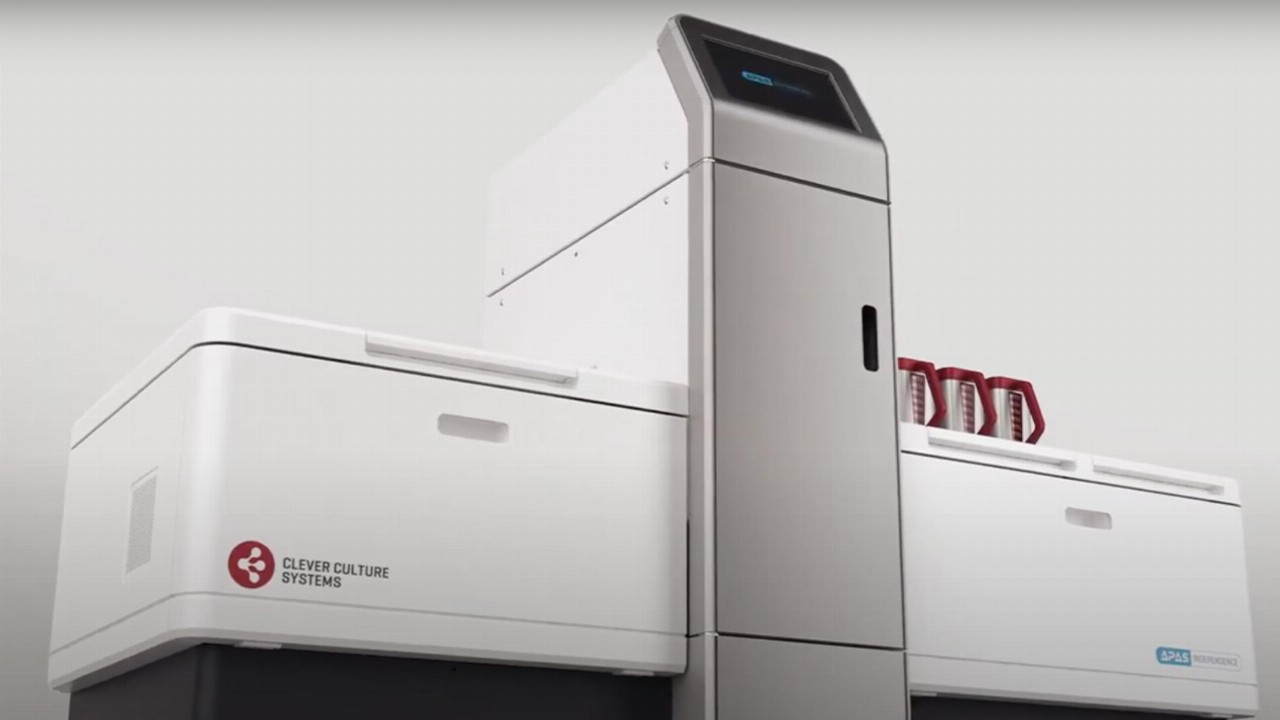When it comes to innovation in medical technology, it’s often the case that the optimisation of existing practises is just as important as a flashy new invention.
In the world of pathology, for example, microbiologists often need to scour through hundreds of culture plates to find significant bacterial colonies which they can then study to discover what causes different diseases and illnesses in the body.
The problem is that up to 95 per cent of these culture plates are negative — meaning that highly skilled microbiologists look at plates that don’t require this skill. Of course, if just five out of 100 plates can provide doctors with information that can save a person’s life, it’s worth quickly going through the 95 dud plates just to study the important ones.
But what if the screening process could be automated and optimised so microbiologists can devote all their time to the important plates?
This was the thought process behind ASX-listed LBT Innovations’ Automated Plate Assessment System (APAS).
APAS optimisation
The device uses artificial intelligence (AI) to automatically screen culture plates and divides them into three categories: negatives, positives, and those to be reviewed.
The APAS system does this in a fraction of the time it would ordinarily take a microbiologist and with impressive accuracy. The device can read and interpret up to 200 plates per hour, which is at least three times quicker than the average microbiologist.
LBT partnered with the Australian Institute of Machine Learning to develop the APAS device, which became the world’s first artificial intelligence diagnostic medical device to receive U.S. Food and Drug Administration (FDA) Class II clearance in 2016. This process involved a 10,000-patient clinical trial performed in Australia and the U.S.
LBT’s major market opportunity
The first-of-its-kind device has applications across the pathology market. And that’s no small market, either.
The pathology umbrella covers a range of lucrative markets that LBT’s APAS device is primed to disrupt.
Take the global in-vitro diagnostics market which, according to research from Grandview, was worth US$60.8 billion (roughly A$85 billion) in 2019. A February 2020 report from Grandview expects this industry to grow at a compound annual growth rate (CAGR) of 4.4 per cent from 2020 to 2027.
Similarly, Grandview’s research says the AI in healthcare market was worth US$2.5 billion (roughly A$3.5 billion) in 2018 but has a predicted CAGR of a whopping 41.5 per cent through to 2025.
The market for clinical microbiology is expected to be worth US$16.7 billion (roughly A$23 billion) by 2025.
And, of course, it’s not just about the size of the market. Medicine is a conservative industry; the less efficient your tech and the more mistakes you make, the more likely someone is to die.
Thus, by removing the need for microbiologists to trawl through negative plates, they can attend to significant specimens faster and ultimately reduce the turnaround time for critical results. This has an obvious impact on patient care and clinical outcomes.
And it’s not just LBT touting the abilities of this tech; the APAS device has been picked up in some of the world’s top research labs.
The best tech in the best places
The astute management team at LBT has realised that to find the most success with a new medical device, it has to be verified in the hands of respected researchers and laboratories.
As such, LBT’s strategy is to get the APAS into high-end labs to really prove its potential — and this strategy is paying off.
For example, LBT’s tech was recently installed in Health Service Laboratories’ flagship U.K. Halo lab.
As one of the most esteemed pathology centres in the world, the Halo facility is home to more than 100,000 square feet of laboratories and staffs 1000 people.
In late June, LBT tested the APAS machine at the highly-respected John Hopkins Hospital and School of Medicine in the U.S. — and passed with flying colours.
A year before this, the machine assessed 720 urine cultures at a rate of one culture plate every 13 seconds at the Hennepin County Medical Centre in Minneapolis. The APAS tech assessed these culture plates with 100 per cent accuracy.
On top of all this, LBT landed a marketing agent deal with multi-billion-dollar medical tech distributor Beckman Coulter last month.
LBT undervalued
As of the time of writing, LBT shares are worth 14 cents each and the company has a $38.86 million market cap.
However, when comparing LBT to other listed stocks operating in the pathology world, it’s clear there’s room for growth.
Healius (HLS), for example, operates a string of pathology labs and diagnostic imaging centres, making the APAS machine a perfect fit for its operations. Healius has a $2 billion market cap.
Similarly, reproductive service company Virtrus Health offers specialised pathology services and has a market cap of $270 million.
LBT is delivering its machine to the best places, meaning it’s earning the respect of top practitioners and researchers across the globe.
The question, then, remains: will investors realise the efficacy of the APAS device in time to enjoy their own cut of its future profits, or will they miss their chance?








